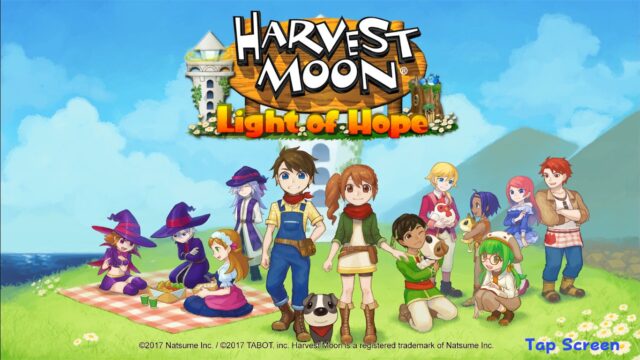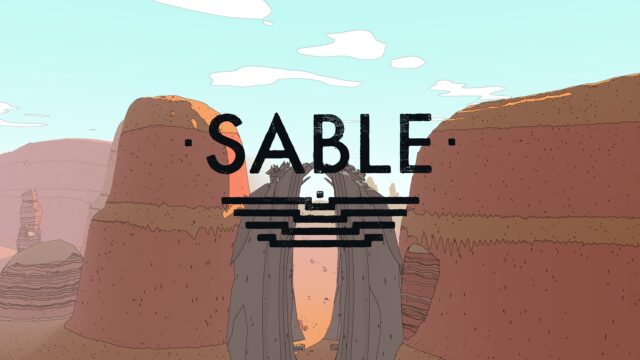Endless Legend Review
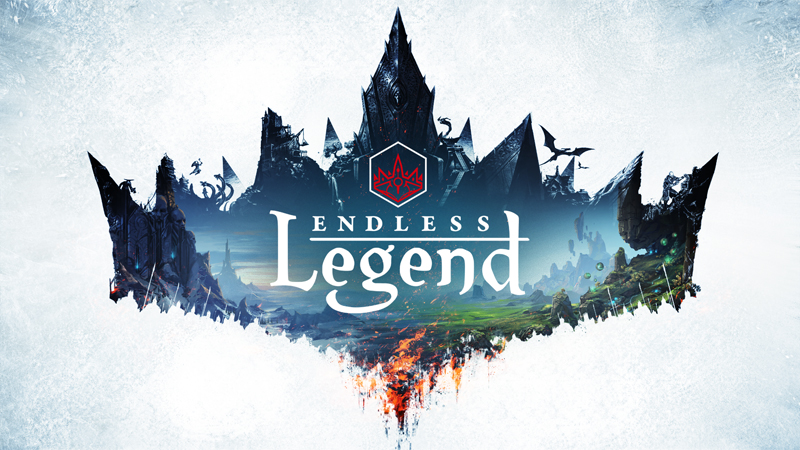
Tired of the old good Civilization, but still want something similar? Something that is reminiscent, but not an obvious copy? In that case, perhaps your inner leader won’t mind if the ancient idea of Sid Meier forms a strong friendship with fantasy decorations, gets adorned with multiple RPG elements, and acquires a whole integrated battle system. Because that’s roughly what the recent Endless Legend represents, a definite candidate for your new favorite.
However, a quick glance at the screenshots doesn’t inspire much confidence. They superficially reflect the essence of the game, presenting it more as “Civilization” with fantastic creatures rather than something unique. There’s the familiar map with cities, abstract units running around, a similar technology window, and practically identical diplomacy. Is there anything original here? Yes, but you have to start playing to find out.
Indeed, at the start, it is indeed the same turn-based global strategy (or 4X, as the genre is called in the West) that we are used to seeing. A vast territory covered with a hexagonal grid, and giant figures of pioneers in the midst of the fog of war. The tutorial campaign states the obvious, helps establish the foundation of the capital, shows the main resources, key elements of the interface, and maps – in short, it recites a memorized lecture, making you regret not launching the tutorial. But the firm hand pushes its line and forces you to create your first army, which immediately engages in battle. And now it’s time to learn something new.
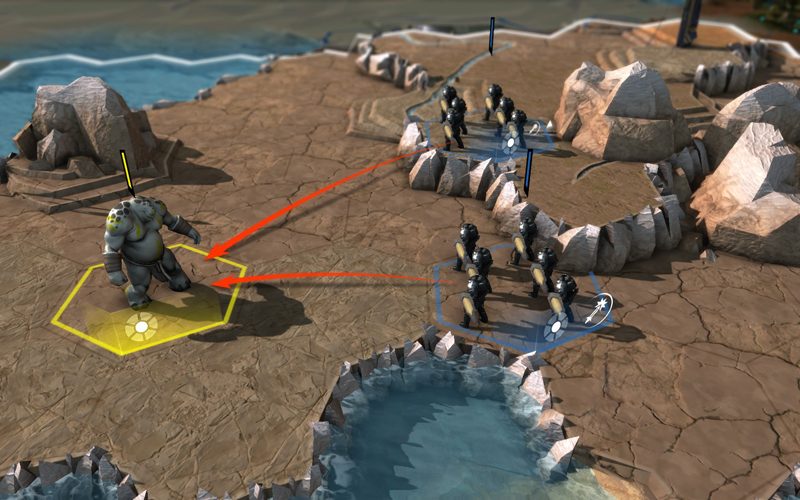

The consciousness accustomed to the mechanics a la Civilization manages to depict a fleeting clash while the characters run towards each other, but after a couple of seconds, it receives a strong jolt. The camera approaches directly to the scene of the battle, and all the units that could be noticed on the global map run out of the modest squads on the field. The preliminary deployment of troops begins, followed by the battle itself.
It proceeds, like the entire game, exclusively in a turn-based mode: the player sets a target for each unit, and upon pressing the button, the orders are executed in a strictly defined order. The cycle ends, and new instructions are given. There is no intervention in the middle of the process, but that’s why the battles become even more interesting – you never know if the enemy will escape behind the nearest hill or decide to hide in the forest.
The landscape factor also comes into play. All those deliberately angular elevations and lowlands, which are not very noticeable in the global mode, sharpen the tactical aspect of local battles. A skirmish, for example, in rocky terrain is an excellent reason to involve archers, but plains do not provide such an advantage, which means you will have to fight in close combat. Literally, every cell has its own parameters that directly affect the characteristics of the squads and, accordingly, the outcome of the battle.
Ah, did you notice? Another component makes itself known. The thing is, each unit is a whole set of different indicators that go far beyond the standard “attack/defense” combination. Endless Legend suddenly gains depth almost on the level of Magic: The Gathering. At this stage, the player can get deeply involved, going through the “cards” of recruits and combining them in the most incredible combat combinations. Add to this the heroes with a leveling system and a whole set for customizing squads (by the way, a real inventory with a multitude of equipment options) – and experimenting alone will take an insane amount of hours.

While the particularly interested are mastering the martial art of the game, strategists also have something to do and be amazed at. Thus, the colonization of the visible space occurs not through chaotic construction, but as a result of methodical conquest of pre-delineated regions. You have built your city within the boundaries of the area – the territory is yours, as well as all its resources. But architectural delights do not end there.
In addition to familiar “internal” constructions from Civilization, it is also necessary to take care of expanding the settlement to maximize the benefits from the region. Science is by no means simple, as it may seem. Have you built a long snake of houses to the coveted cell with valuable minerals? Be prepared to deal with widespread dissatisfaction and poor production indicators. Have you planned a clear structure of adjacent quarters? Get an increase in income. What can I say – one look at the multi-page forum discussions of this nuance will tell you more than any words.
But the technology research system is very easy to master. Unlike similar ones in other games, here it is presented as radial arrays of independent technologies of the same era. Work on each of them can be started at any time, and to move to the next level, you just need to have the required number of successful discoveries in stock. However, there are pitfalls here as well, as each subsequent technology requires more and more expenses, which makes the question of choice relevant throughout the game.
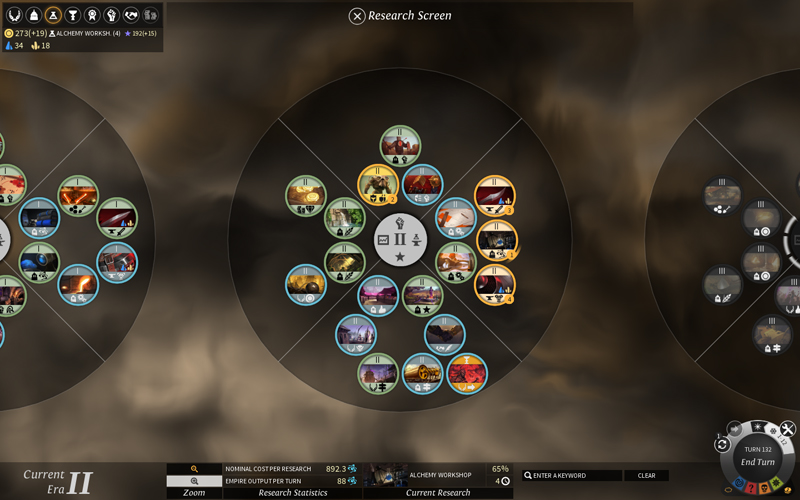
We will also be hindered in our development. Most likely, the first obstacle we will have to face is winter. In the best traditions of George Martin, the harsh season always lingers in the air and, upon its arrival, plunges everything into total depression. The cells “yield” much less, units no longer travel as far, it is cold and unpleasant to live. We can only resist as best we can while waiting for summer.
Another obstacle will be other civilizations, which, of course, will not miss the opportunity to make themselves known at the most inconvenient moment. Here, diplomacy comes into play, where without unnecessary revelations, we can clarify our relationships with neighbors. But with smaller races, we have to fight differently. Acting as distant relatives of city-states from Civilization V, they are just waiting for the next conqueror to emerge and take them under their wing with all the appropriate bonuses.
All of the above becomes even better with the variety of available factions. Even a superficial comparison of two nations reveals fundamental differences in gameplay, after which the purpose of the cumbersome system of personalizing our state becomes clear. The entrusted arsenal turns out to be a means of creating our own style, and the whole game is a blank canvas for any endeavor.

Despite belonging to a visually undemanding genre, Endless Legend looks simply amazing. The ordinary strategic landscape is played with bright, vibrant colors and breathes life into the static events. The delicate work with special effects only emphasizes the elegance of the visuals, and where three-dimensional graphics are inappropriate, excellent artwork comes to the rescue. It’s beauty, in a word. At the very least, the spectacle of smooth map scaling will please even the most discerning viewer.
The main problem is that, due to its specificity, the project will not appeal to everyone. There are no particularly prominent flaws in the game, but the entry threshold is slightly high, and someone may consider the slowness of events excessive. The world beyond the screen is in no hurry to show itself in all its glory, so at least for a casual acquaintance, you will need a whole evening – not to mention the 40-minute tutorial. Here it is one of two things, and no comfortable interface with unique versatility will entice you. For ease of learning and flexible game sessions, it is still better to turn to Civilization V.
However, if your soul yearns for something more and colossal time investments do not scare you, there is a high probability that Endless Legend will not only captivate you but also take a honorable place in your personal top list of the very best.
Share
Discuss
More Reviews
